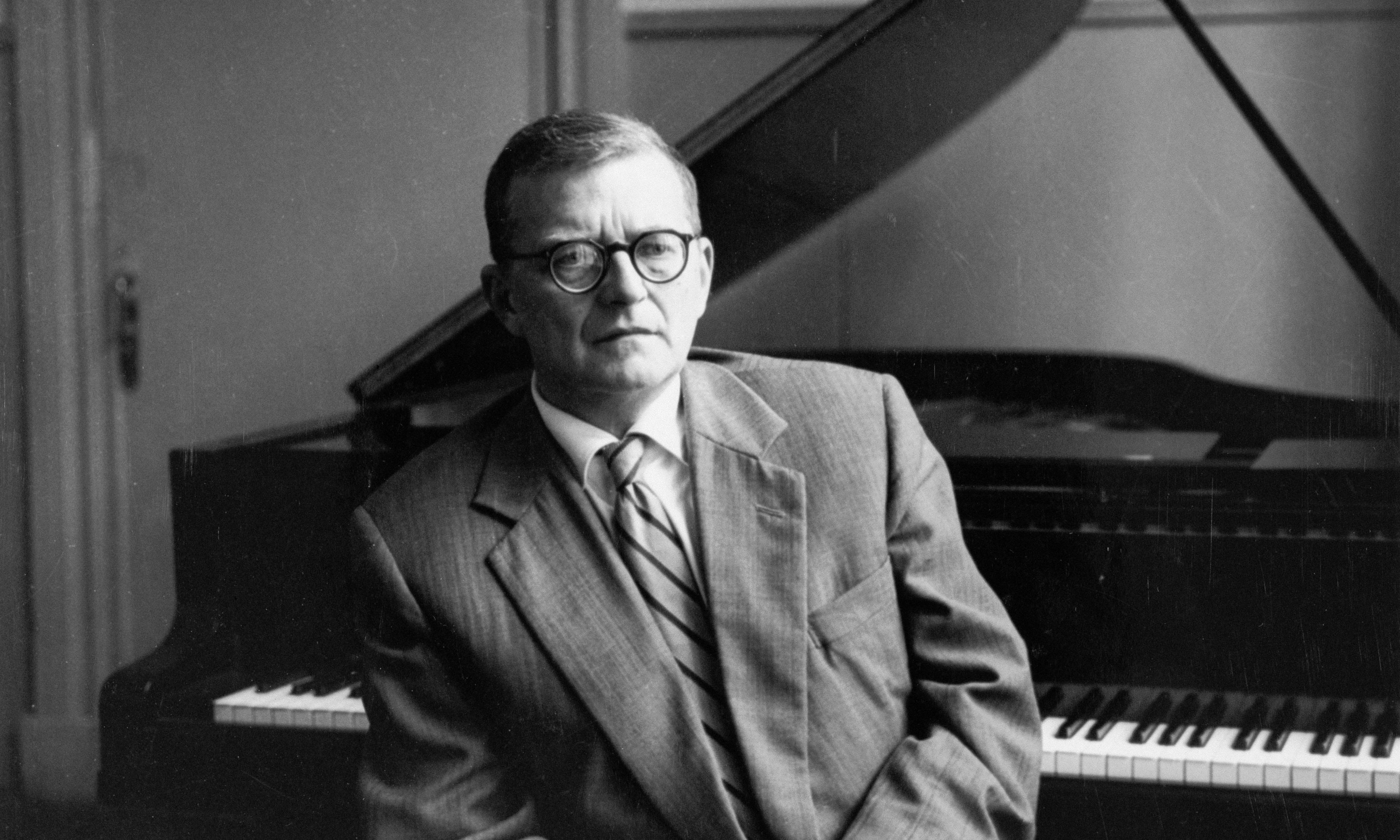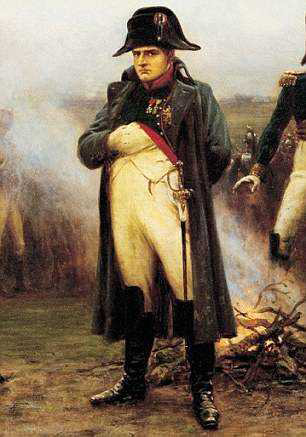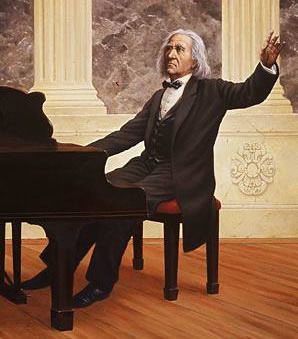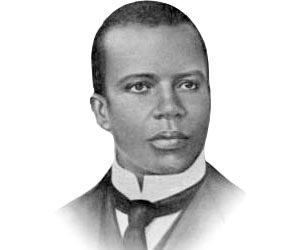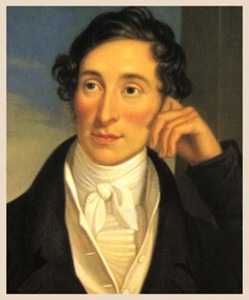
Carl Maria von Weber
Credit: http://laopera.net/
Pauer’s key characteristics for B flat major is that it is “…a favourite key of our classical composers, has an open, frank, clear, and bright character, which also admits the expression of quiet contemplation.”
Pauer’s correct in how often the Classical / Romantic composers used B flat major. Mozart used it for symphonies, piano concertos, a violin concerto, violin sonatas, string quartets, and so on. Beethoven used it for piano concertos, symphonies, string quartets, and other works as well.
If we take work such as Mozart’s String Quartet No. 22, we can hear exactly what Pauer was referring to. This work, one of the last string quartets Mozart wrote, is part of the set known as his “Prussian” quartets, written for and dedicated to Friedrich Wilhelm II, King of Prussia. The king himself was an amateur cellist, and the work, written largely emulating the style of Haydn, is playable by the knowledgeable amateur cellist. The first movement Allegro has that clarity that Pauer used as one of the definitions for this key.
Mozart: String Quartet No. 22 in B-flat major, K. 589: I. Allegro (Jerusalem Quartet)
Carl Maria von Weber only wrote 2 pieces in this key, but one of them, the Clarinet Quintet, is certainly worth taking a look at. Unlike the clarinet works by Mozart, who was writing works for what was essentially a brand new instrument in the orchestra, this work from 1815 has a much more assured character. It also has that clear and bright character that Pauer so liked.
Clarinet Quintet in B-Flat Major, Op. 34, J. 182: IV. Rondo: Allegro giocoso (Eddy Vanoosthuyse, clarinet; Vilnius String Quartet )
Even when we look later, at a composer such as Mendelssohn, who wrote more than one of his ‘Lieder ohne Worte’ in B flat major, we still hear that same open attitude in the work.
Mendelssohn: Lied ohne Worte, Op. 62: No. 26 in B-Flat Major, Op. 62 (Murray Perahia, piano)
What pieces do you think should be added here? Keep in mind that the piece should date from before 1876, when Pauer’s book was published. Another guideline might be to note the relatively small list of composers he gave as examples: Haydn, Mozart, Beethoven, Mendelssohn, Schubert Rossini, Weber, and Spohr – all stalwarts of German classicism / romanticism.

